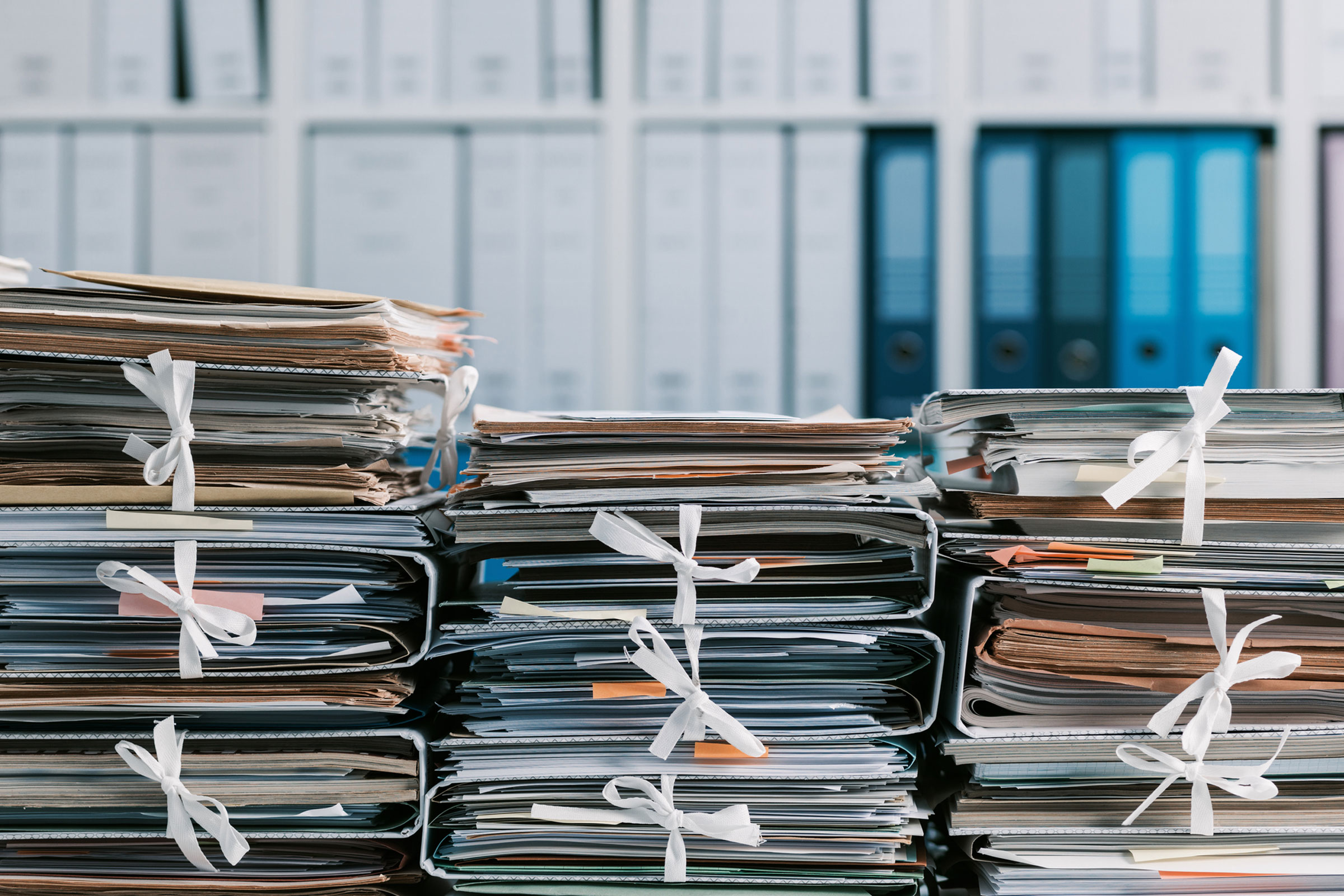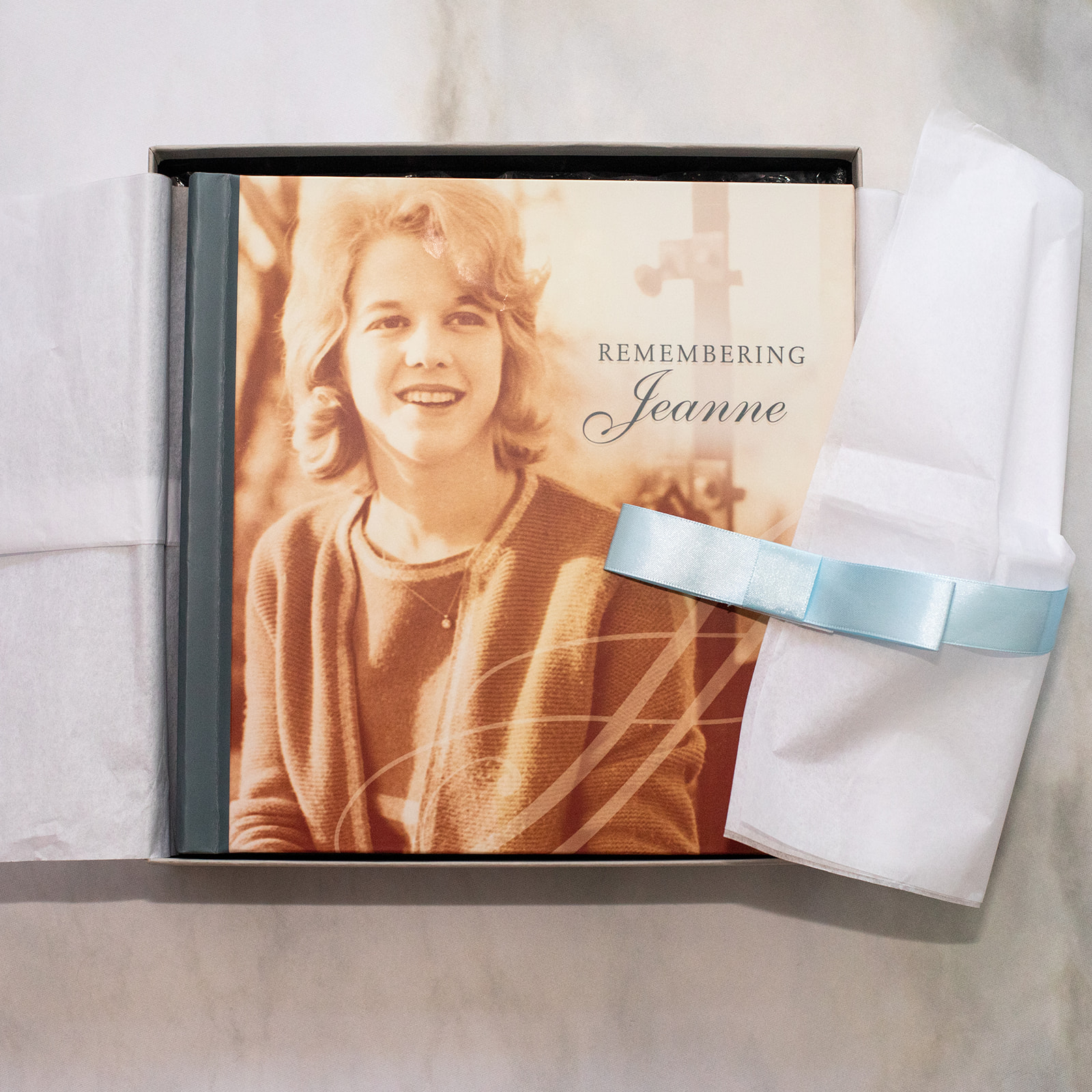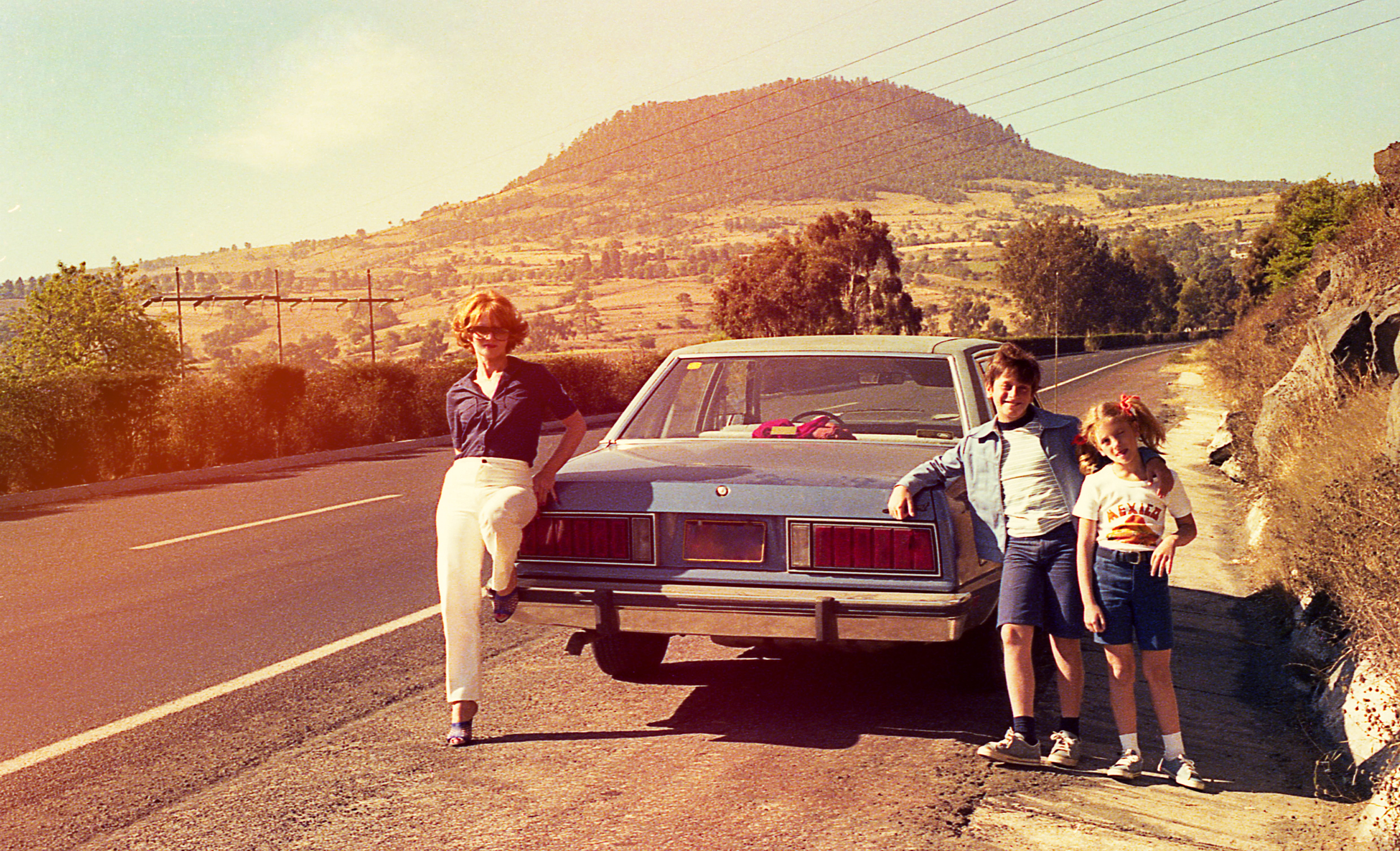As the pandemic rages on, families are setting aside hopes for holiday travel and scaling back traditional gatherings—but with a little imagination, you can still enjoy a vacation of sorts. The silver lining to staying at home this season is getting the gift of time. Here are 10 ways that you and your family can spend that time reconnecting with your past so that cherished memories may endure into the future.
1. Get to know your family history. When Clark Griswold found himself accidentally stuck in his attic, he used the spare time to set up the projector and travel back to Christmases past, which had been captured in forgotten reels of old home movies. Similarly, you can apply some of your extra time at home digging for family treasures among the old boxes of memorabilia that are tucked away in your closets or attic. You may be surprised by how quickly the time can pass when dusting off your family history, and what nuggets you’ll discover when you give yourself the space to explore.
Busy parents working from home: try inviting your kids to search for objects and then make time to visit with them about special memories attached to each one.

2. Take stock of your photos. In 1838, Louis Daguerre used his new camera to take what is considered the oldest known photograph of a person—in this case, the subject was a man getting his shoes shined along the Boulevard du Temple in Paris. That photo took 10 minutes to capture. In 2020, humans will take an estimated 1.4 billion pictures using digital cameras, mobile phones and tablets. As the mountains of data that we accumulate grow larger each year, any time you can devote to getting a handle on your photos will pay dividends in terms of peace of mind in the future.
3. Organize and protect your memories. If you find the prospect of organizing and storing photos daunting, you’re not alone. The proliferation of photos stored is expected to grow from 7.4 trillion to 9.3 trillion in 2022. To help users manage the task, new software programs are continuously hitting the market. As an Apple user, I prefer to keep it simple and use the iCloud Photo Library, which makes photos accessible across all Apple devices. You can choose between automatic or manual syncing. (For pros and cons, read this article.) For more information on this and other photo organizers, here’s a rundown of five popular cloud storage solutions for families.

4. Create a digital archive. Archives are materials created or collected by a person, family, or organization in the conduct of their affairs and preserved because of their enduring value. The National Archives in Washington D.C., arguably the world’s most famous archival institution, holds the Declaration of Independence, the Constitution and The Bill of Rights—collectively known as the Charters of Freedom—and over two million digitized historical documents related to U.S. history. Just as these documents matter to the citizens of our country, your family’s birth, marriage, and death certificates, diplomas, military records and other documentation matter in the lives of your family members.
To create a digital archive for your family, simply select those pictures and documents that you believe have enduring value for your loved ones, convert them to electronic form, and store them in a dedicated folder or series of folders on your computer—and don’t forget to back up your data via the cloud or an external hard drive.

5. Restore or convert your favorites. In the course of creating an archive, you no doubt will unearth some pictures and certificates that have been bent, torn or discolored. Taking the time to revitalize precious documents can transform faded memories into high-quality assets that are suitable for display or sharing, allowing you to enjoy a more vibrant version of artifacts while safeguarding their value for the next generation. Converting old VHS tapes and other forms of media to online formats is another simple and inexpensive way to recreate special moments from the past for your family to enjoy together at home.
6. Build a family tree. The internet has fueled an explosion of interest in family history. An ever-growing number of individuals, institutions and libraries in our nation and others are collecting, preserving and sharing genealogies, personal documents and cultural heritage materials. More than 80 million Americans are believed to be actively seeking information about their ancestors. Platforms such as Ancestry.com allow you to build a family tree online for a monthly fee. If you decide to suspend your membership at some point, the account will remain available until you are ready to reactivate it.
I started an account last year and now my family tree is ten generations deep.
7. Scientifically validate your heritage with DNA testing. Some of the family tree sites also offer DNA testing to give people concrete evidence of their heritage. A distant cousin I connected with on Ancestry.com suggested we buy a kit for from FamilyTreeDNA.com for my father. She urged me to select the Y-DNA111 test, which offers one of the most advanced levels for tracing your direct paternal lineage. My dad took the test, which confirmed the paternal lineage that genealogists had pieced together in documents I inherited and shared his results as part of a family project that this cousin established in the Family Tree DNA database. Contributing scientific evidence to help others validate their lineage was very satisfying, as was discovering new information about migration patterns and other details about our family’s history. These feel-good factors turned this gift into an enjoyable experience for our extended family. (We also had a similar experience when my mother-in-law gave us National Geographic’s Geno DNA Ancestry Kit.)
8. Create a gift of enduring value. While conducting a family history project can take you to distant places and connect you to people you never knew, it also can involve a more intimate recollection of a key figure in your life. After losing my mother earlier this year, I was surprised by the comfort I and others got in looking through old pictures of her life. Restoring some of her portraits and creating an heirloom-quality memory book helped me both cope with grief and create a special gift to share with others who loved her.
This will be our first holiday season without my mom, but having her memory book to look at will help us—and especially her grandkids—keep her memory close.

9. Help preserve a piece of society. In the course of researching your family, you or a family member may discover a deeper interest in preservation. You might consider becoming a citizen archivist to the National Archives, a free program that teaches you to tag and transcribe historical documents. It’s a great way for young adults to learn and give back, and for retirees to contribute some spare time to the greater good.
10. Bake Christmas cookies or the equivalent thereof. Once you’ve accomplished the work of preserving family and cultural history, take a break and live it. Open your grandmother’s cookbook and select a casserole recipe to try. If baking is your preference, select one of her favorite dessert recipes—or go a bit further back in time to recreate popular holiday treats from one of your ancestors’ countries of origin. After you’ve rolled out the dough, baked and decorated, pour yourself a glass of holiday cheer. If you’ve taken on at least two of these tasks, you’ve earned it!
Preserving the past may not be the first way you would choose to spend your holiday this season. But as 2021 is bound to bring more normalcy, with all of the busyness of regular life, you may look back fondly at 2020 as the year you gave your family the gift of its history—and the gift of many lifetimes.


